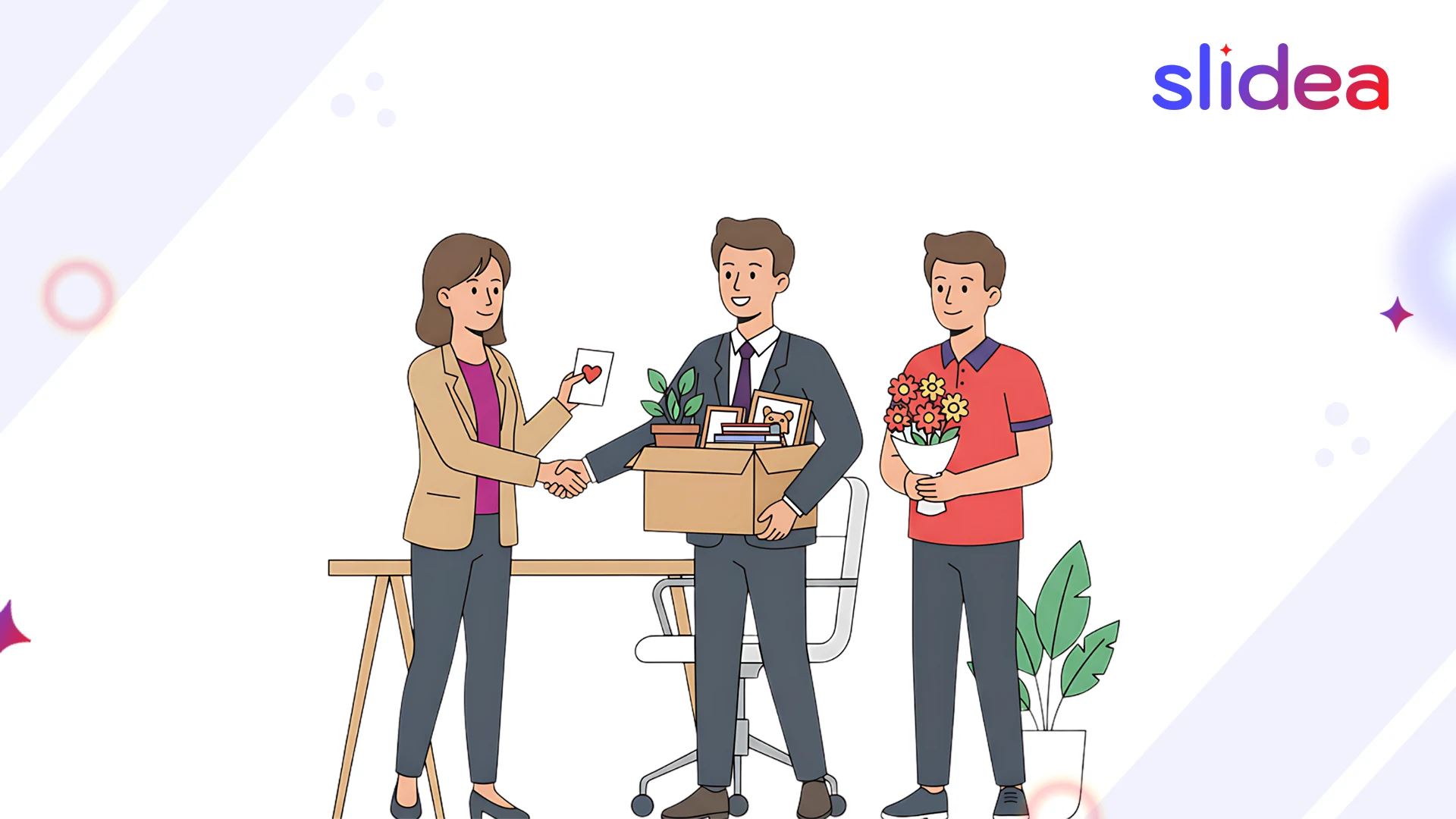Ever sat through a presentation that lost you in the first minute? You’re not alone. A dull intro can make even great content forgettable, but a strong opening can set the tone for real connection.
Instead of jumping straight into slides, start with something unexpected. With the help of audience engagement tools, using live polls or real-time questions, you can grab attention and invite participation instantly. These tools aren’t just extras, they’re your secret to making people feel included from the very beginning.
In this blog, you’ll learn five simple but powerful ways to open your next presentation with confidence, clarity, and connection, both online or in the room.
The Science Behind Great Openings
Our brains form impressions of people in just milliseconds. This “first impression” affects how we process everything else the person says. That’s why your opening matters so much.
The primacy effect tells us people remember the first part of what they hear more than the middle. So your opening might be the most remembered part of your presentation.
Also, emotional content sticks better than facts alone. If you can make your audience feel something, they’ll be more likely to remember your message.
1. Open with a Question That Sparks Curiosity
Asking a thoughtful or fun question instantly gets people thinking. It could be reflective, data-driven, or even quirky.
Examples:
- “What’s one thing you couldn’t work without?”
- “Do you think meetings boost productivity or kill it?”
- “Guess how many people check their phones during meetings?”
Use live polls or guess the number slides to collect responses in real time. This makes the audience feel involved right from the start and sets a participative tone.
2. Start with a Powerful Statistic
Numbers can be surprisingly effective, especially when they’re bold, unexpected, or relevant.
Examples:
- “80% of people forget what they heard in a presentation within 24 hours.”
- “The average attention span has dropped to just 8 seconds, shorter than a goldfish’s.”
Want to make it interactive? Use a Guess the number slide before revealing the stat and let your audience guess.
3. Tell a Short, Relatable Story
A well-told story is one of the most engaging ways to begin. It creates a human connection, builds trust, and makes your message memorable.
Keep it short, just 30 to 60 seconds. The story could be personal, or professional.
Example:
“Last month, I tried explaining our new policy to my team using a long document. Halfway through, I realized no one was listening, until I turned the moment into a quick set of open-ended questions.
- ‘Have you ever faced confusion with a new process?’
- ‘What helped you understand it better?
By turning your story into open-ended questions, you give your audience space to reflect, relate, and respond. It transforms your introduction into a shared moment, something they’ll remember.
4. Use a Word Cloud to Break the Ice
Word clouds are great for group interaction. They’re visual, instant, and fun. Ask a simple question and let the audience type in their one-word answers.
Examples:
- “Describe today’s work mood in one word.”
- “What’s one word you associate with leadership?”
- “How do you feel about hybrid events?”
The live word cloud builds in real time. It’s a great way to get everyone engaged, especially in virtual meetings.
5. Do a Quick “This or That” Game
“This or That” is a light and fast way to energize your audience. It creates a playful atmosphere and helps people ease into the session.
Examples:
- “Coffee or tea?”
- “Work from home or office?”
- “Monday mornings or Friday evenings?”
Use This or That slides to make it visual and clickable. You’ll spark laughs, surprises, and maybe even a mini debate.
Make Your Next Presentation Unforgettable
Don’t just talk to your audience, invite them into the conversation.
With Slidea, you can turn your presentation’s opening into an interactive experience that captures attention from the very first slide. Instead of starting with a static introduction, try using:
- Live Polls to ask a quick, relevant question and instantly show your audience’s opinions
- Word Clouds to spark curiosity by asking “What’s one word you think of when you hear today’s topic?”
- Quizzes to test their knowledge in a fun, and no-pressure way.
- Open-Ended Slides to gather thoughts, stories, or opinions that personalize your content
Final Thoughts
Your opening moment sets the tone for everything that follows. It’s your best chance to grab attention, spark curiosity, and show your audience that their time is valuable.
By using interactive elements like quizzes, polls, and word clouds, you invite people to engage, not just observe. Tools like Slidea make it easy to add these features, helping you create a more dynamic and welcoming experience from the very first slide.
FAQs
Q1. What’s the best way to grab attention at the start of a presentation?
Start with a question, surprising stat, or quick story, using live polls and word cloud to boost engagement instantly.
Q2. How long should my presentation opening be?
Keep your opening under 2 minutes. Short and sharp works best to keep attention.
Q3. Can I use humor to start my presentation?
Yes, if it feels natural and fits the audience. Light jokes or relatable moments can break the ice well.
Q4. How can I engage a remote or hybrid audience from the start?
Use interactive elements like word clouds or “This or That” slides. These work well across virtual setups.
Q5. Should I include an agenda in my opening?
Yes, but after you hook the audience. First, grab their attention then introduce the agenda smoothly.




Leave a Comment
Your email address will not be published. Required fields are marked *